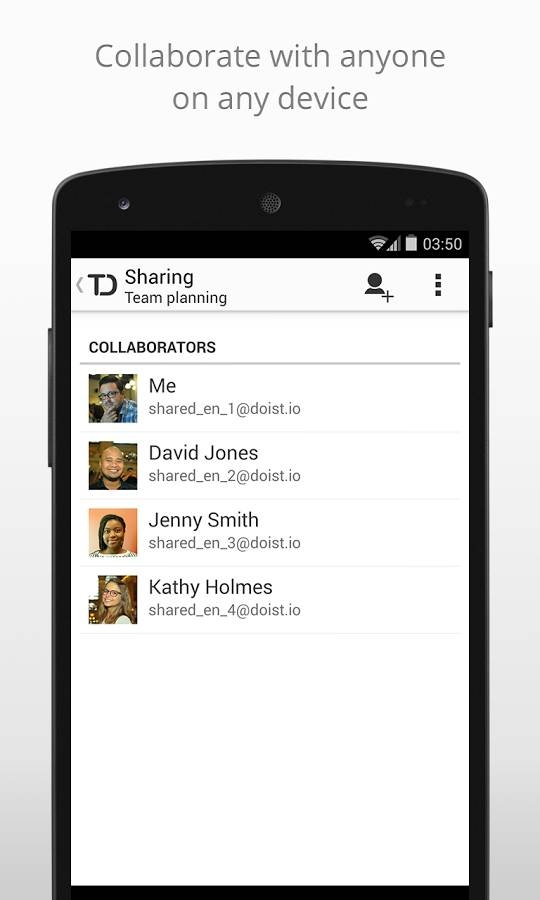

Thankfully, the new long-press Assistant shortcut is optional on older phones, but that doesn’t change the fact that the power menu is now mostly stripped bare. At least the power menu can still be accessed quickly by pressing the power and volume up buttons simultaneously, though with most of its functionality stripped, you likely won’t need to open it all that often anyway. It’s safe to assume that the pressure-sensitive sides for Assistant access are not coming back to Pixel phones anytime soon. Speaking of long-pressing the power button, Android 12 has changed the shortcut to be in line with how many third-party manufacturers already use it on the Pixel 6: invoking Google Assistant. They still live right beneath the quick toggles when you listen to music or other content, like they used to on Android 11. At least the company left the media playback controls untouched. These pills are an incredibly unnecessary change, if you ask me, but Google just can't stop shuffling around things for quick toggles with every new Android release. Up top, you only see four quick toggles at a time (down from six on Android 11), living in new pill-shaped chips, which are colored based on your wallpaper. Other than losing its transparent background, the notification shade now organizes pings in rounded bubbles, divided in the same groups as before: Conversations, notifications, and silent. Not even the PIN entry screen has been left untouched, which now comes with round buttons and a monocolor background your wallpaper is no longer visible during entry, much like in the notification shade. It moves over to the top left when you do have messages and other pings waiting for you.

Everything is more rounded and playful throughout the Pixel interface, starting with the huge clock displayed on the lockscreen when you don’t have any notifications.

The interface changes aren’t limited to theming and Material You. Even apps can hook into this system and adjust their themes accordingly. This applies to every last system-level UI element on Pixel phones, including the lock screen, notification shade, settings, widgets, icons, Discover feed, Gboard, charging animation - basically anything you could think of. It's basically an advanced theming engine that makes the interface respond to the dominant colors in your wallpaper, ensuring that basically no two phones look the same. It comes with a brand-new design philosophy called Material You. I also keep running into partial crashes on my Pixel 6 that have me restart my phone.Īndroid 12 is the biggest interface change since Android 5 Lollipop. Themed icons and the Game Dashboard still don’t feel finished, and only the former has a proper beta tag attached to it. It replaces the standalone Wi-Fi and mobile network toggles, making things take a little longer. The power menu has been demoted, and accessing Pay and device controls via quick toggles is now much more tedious. A lot of stuff will come to Pixel phones before other brands will be able to enjoy it, and some stuff is even limited to the Pixel 6 series.


 0 kommentar(er)
0 kommentar(er)
